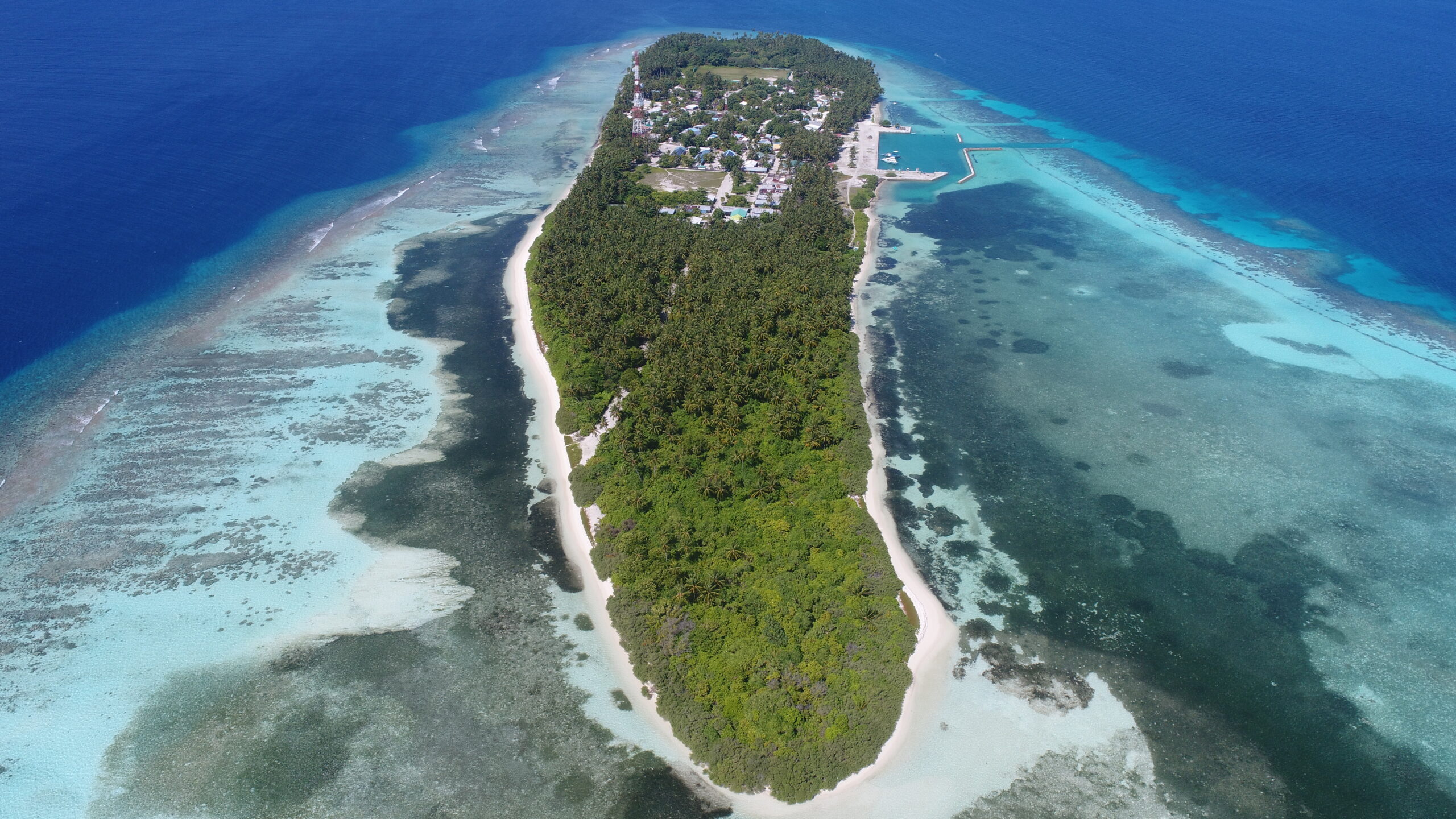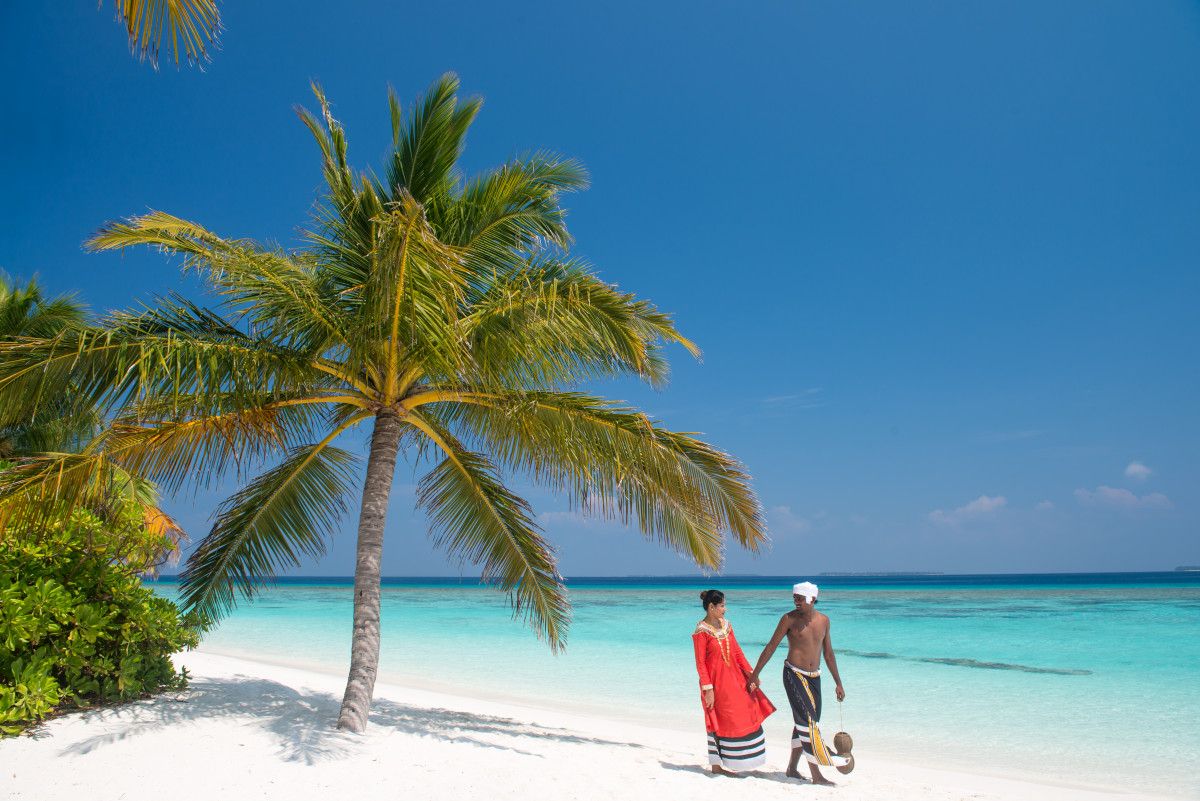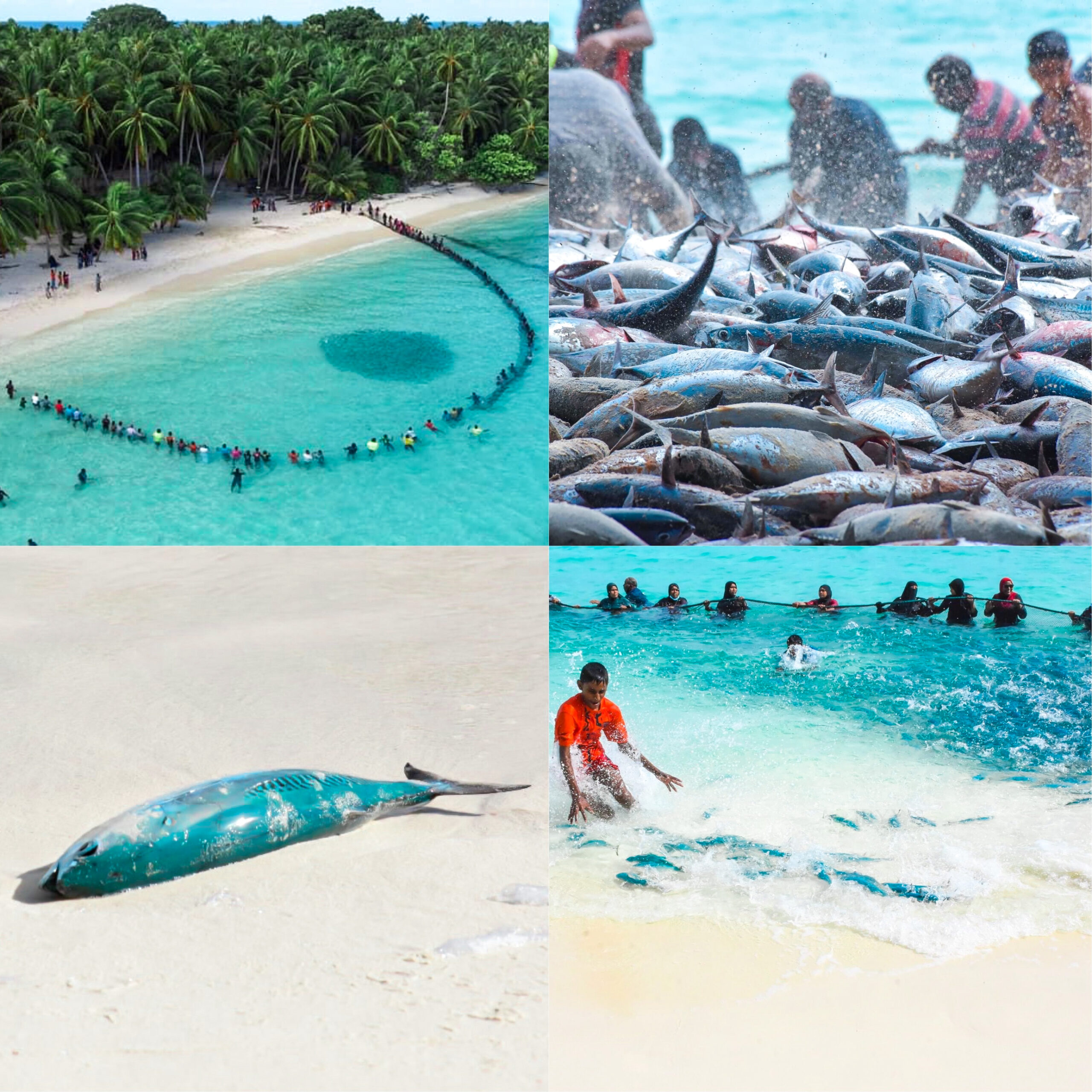Located in the tranquil Thaa Atoll, Buruni Island is a secluded paradise in the Maldives. Surrounded by clear turquoise waters and vibrant coral reefs, Buruni offers an idyllic escape where nature and tradition harmoniously blend. The island is home to a close-knit community that embodies the essence of Maldivian culture, with fishing as a central part of daily life.
Visitors to Buruni can bask in the island’s natural beauty, explore the rich marine life through snorkelling or simply unwind on its pristine beaches. The warmth and hospitality of the island’s residents ensure that every guest experiences the genuine charm of Maldivian island life.
Whether you’re seeking a peaceful retreat or an adventure in the ocean, Buruni Island invites you to discover its unique beauty and create lasting memories.

Buruni famous for Dhon Hiyala Island (Dhon Hiyala & Ali Fulhu a Maldivian Love Story)
This is a timeless love story, passed down through generations. While some debate its origins, others have come to regard it as folklore.
Dhonhiyala, known for her exceptional beauty, faces a dramatic change in her love story when the King falls for her.
Dhon Hiyala was born in Th. Buruni
Today you can see historical places like the “Kamana beach”, and the fields of “Koamas” marked in Buruni island. This is where much of the story took place.

Raagon’di Hifun (Catching Frigate Tuna)
A gift of Allah.
This typically occurs during the Hulhangu Moosun (south-west monsoon) season, between June and September.
When a school of frigate tuna enters the lagoon, people take small boats out to sea to locate them. Once they find a school, they raise a flag to signal the island. If the catch is abundant, they wave the flag to alert the islanders. Upon seeing the flag waving, islanders call out “Raagon’di oh, Raagon’di oh,” to announce that frigate tuna have been spotted.
The community then mobilizes, heading out in small boats to assist in bringing the tuna ashore. A rope is stretched between two boats, and people dive into the water, holding onto the rope to create shade, which helps guide the tuna closer to shore. When the tuna arrive, both men and women work together with nets to collect the fish. The catch is then shared equally among the community.
